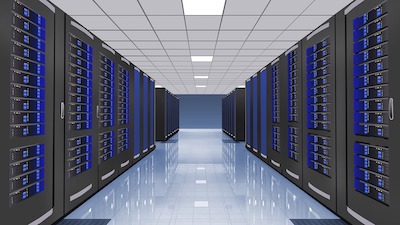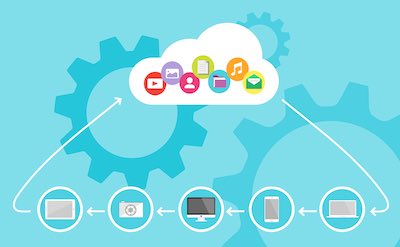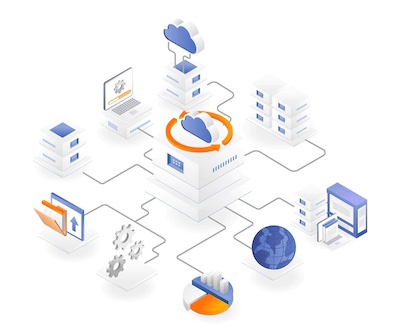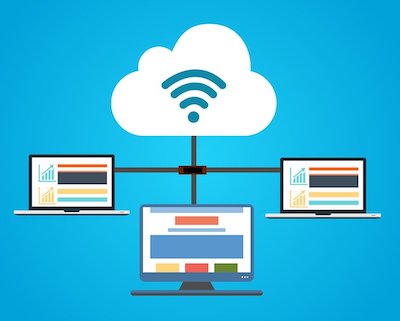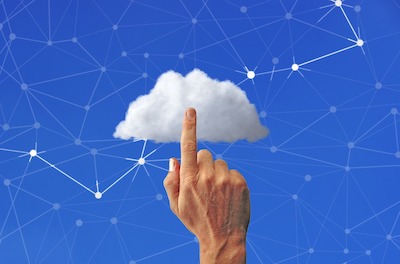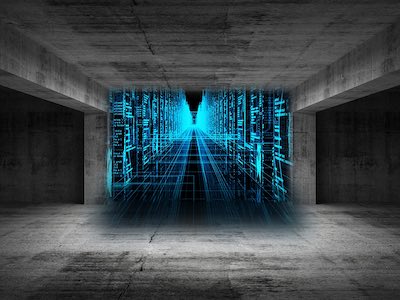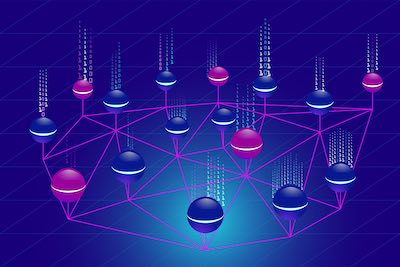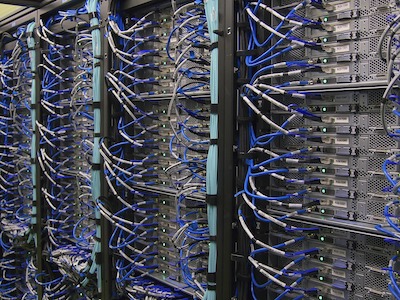 Cloud servers and physical servers are both types of servers used for hosting websites and applications, but they have some key differences.
Cloud servers and physical servers are both types of servers used for hosting websites and applications, but they have some key differences.
Cloud servers are virtual servers that run on a cloud computing platform, such as Amazon Web Services (AWS) or Microsoft Azure. They can be easily provisioned and scaled as needed, and users only pay for the resources they use. They also offer high availability and automatic failover, which ensures that the service remains online even if one of the servers goes down.
Physical servers, on the other hand, are actual hardware devices that are typically located on-premises. They can be more expensive to set up and maintain than cloud servers, and users need to pay for all the resources upfront, whether they use them or not. They also do not offer the same level of scalability or availability as cloud servers.
In summary, Cloud servers are more cost-effective, flexible, and reliable than physical servers, but physical servers offer more control over the hardware and can be more suitable for certain types of applications, such as those that require low latency or high performance.
What are the Advantages of Cloud Servers Compared to Physical Servers
There are several advantages of cloud servers compared to physical servers:
-
Scalability: Cloud servers can be easily scaled up or down as needed, allowing users to pay only for the resources they use. Physical servers, on the other hand, require the purchase and maintenance of additional hardware to scale.
-
Flexibility: Cloud servers can be accessed from anywhere with an internet connection, making it easy for users to work remotely or from different locations. Physical servers, on the other hand, are limited to a specific location.
-
Cost-effectiveness: Cloud servers are typically more cost-effective than physical servers, as users only pay for the resources they use, rather than upfront costs. Additionally, Cloud Providers take care of the maintenance, upgrades, and replacements of hardware, so users don't have to bear those expenses.
-
High availability: Cloud servers often come with automatic failover and redundancy built-in, which helps ensure that the service remains online even if one of the servers goes down. Physical servers, on the other hand, may require additional hardware and software to achieve the same level of availability.
-
Elasticity: Cloud servers can be automatically allocated and deallocated based on usage, which makes them an ideal choice for applications that experience sudden spikes in traffic.
-
Security: Cloud providers often have a team of experts that are dedicated to securing the infrastructure and data, which may be difficult and costly for an individual or organization to replicate on their own.
-
Easier Management: Cloud servers are managed by cloud providers, which makes it easier for users to focus on their application, without worrying about the underlying infrastructure.
What are the Disadvantages of Cloud Servers Compared to Physical Servers
While cloud servers have many advantages over physical servers, there are also some potential disadvantages:
-
Dependency on internet connection: Cloud servers rely on a stable internet connection, which can be a problem in areas with poor connectivity. Physical servers, on the other hand, do not have this limitation.
-
Limited control over hardware: Cloud servers are managed by a third-party provider, which means that users have less control over the underlying hardware. Physical servers, on the other hand, offer more control over the hardware, which may be important for certain types of applications.
-
Security concerns: While cloud providers often have robust security measures in place, there is still a risk of data breaches or cyber-attacks. Additionally, there is always a risk of data loss if the cloud provider experiences an outage or a failure.
-
Limited Customization: Cloud servers are usually standardized and may not be able to meet all the specific requirements of certain applications. Physical servers, on the other hand, can be customized to meet specific requirements.
-
Vendor Lock-in: Users may become dependent on a particular cloud provider, which can make it difficult to switch to a different provider in the future.
-
Latency: Cloud servers are usually located remotely, so the data needs to travel a longer distance, which could result in more latency.
-
Compliance and regulatory concerns: Certain types of data and applications have specific compliance requirements, and cloud providers may not be able to meet them, or the user may not be able to verify if they are being met.
It's worth noting that some of these disadvantages can be mitigated by choosing a reputable cloud provider and by proper planning, monitoring and management of the cloud infrastructure.

